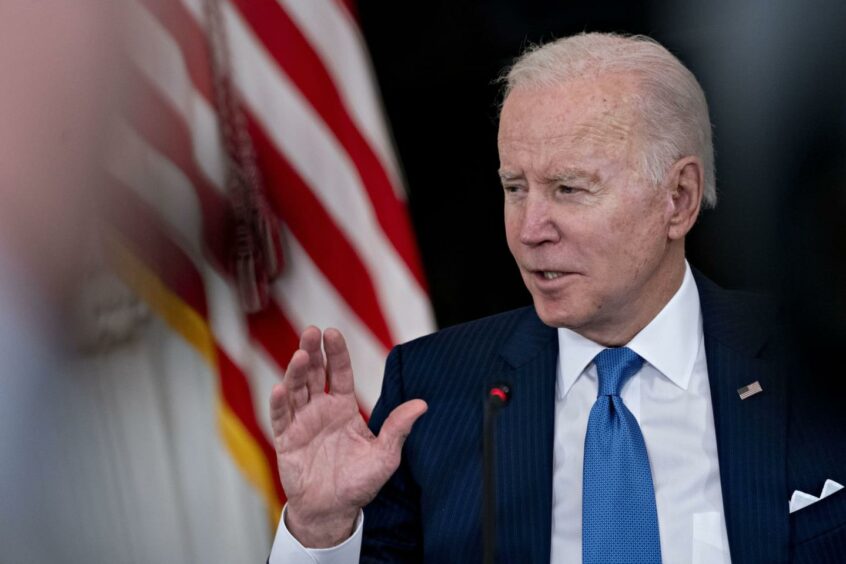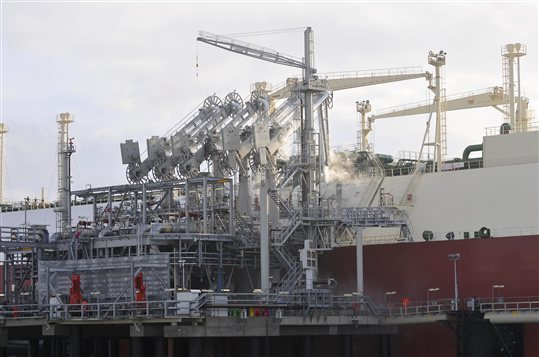
The US and its partners will send an additional 15 billion cubic metres of LNG to Europe this year, US President Joe Biden has said.
The president made the commitment following discussions with European Commission President Ursula von der Leyen. The two sides have launched a task force to reduce European dependency on Russia.
“And as the EU works to discontinue buying Russian gas well before 2030, it will also work to ensure additional EU market demand for 50 [bcm] of LNG from the United States annually by 2030,” he said. Europe will work on scaling up capacity to store gas, build more infrastructure and increase efficiency.
Von der Leyen welcomed the US commitment. This is a “big step”, she said, as it will “replace the LNG supply we currently receive from Russia”.
Rystad Energy’s vice president Sindre Knutsson said the US had supplied 25 bcm to Europe in 2021. “As such the 15 bcm target is unlikely to have little short-term impact but indicates US intentions to supply more LNG to EU this year and is likely to inject confidence in Europe gas supplies.”
Scaling up US supplies to 50 bcm, the commissioner said, would replace one third of Russian gas flows. Such an expansion would imply 35 million tonnes per year of additional liquefaction, Rystad said, requiring an investment of $35 billion.
Emissions impact
The EU and US will work on energy efficiency and renewable energy to reduce dependence on natural gas, he said.
“We’re going to invest in innovative solutions and technologies to make the switch from fossil fuels. And together, we’ll advance the use of clean and renewable hydrogen to reduce our carbon emissions,” Biden said.
The deal also highlighted efforts to cut emissions from US gas. Knutsson noted that EU buyers had been wary of US supplies owing to ESG concerns. “Now however it appears that energy security has trumped ESG concerns at least temporarily. In the medium term, this has incentivised US producers to improve their emission footprint.”
Von der Leyen said LNG infrastructure could be used to import “clean hydrogen in the future. So, this investment we are doing right now is also an investment in the decarbonising of our economy.”
The statement said the price formula should “reflect long-term market fundamentals”. It suggested the US benchmark of Henry Hub “and other stabilising factors”.
The European Commission has set a target of filling domestic storage to 90% of capacity by November 1. The body will work with member states in order to provide transparency on availability.
The agreement set out the EU’s goal of ending its dependence on Russian fuels by 2027.
Recommended for you

